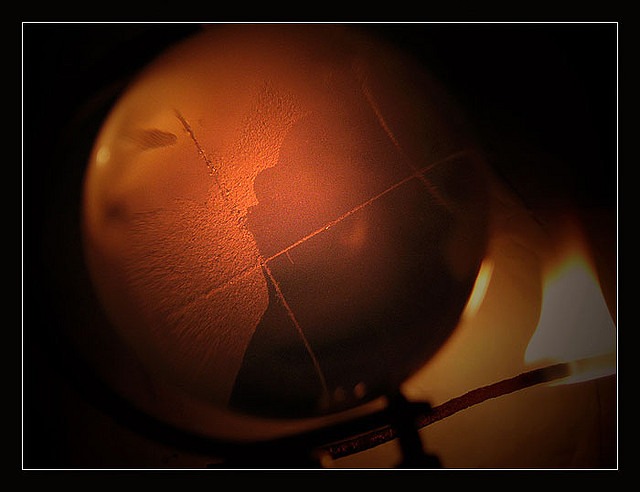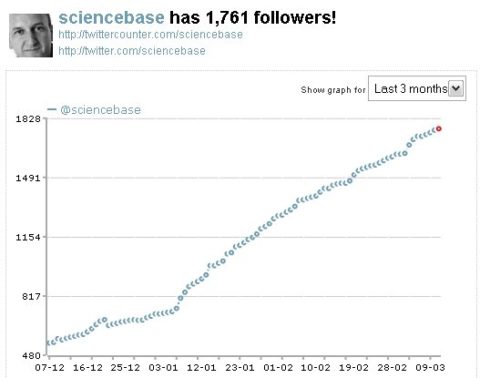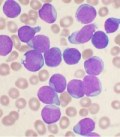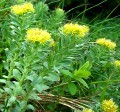
A radical plan to curb global warming and apparently reverse climate change caused by our rampant burning of fossil fuels since the industrial revolution would involve simply covering large areas of the world’s deserts with reflective sheeting.
The idea is discussed in detail in the January issue of the International Journal of Global Environmental Issues and was reported widely in the press and across the blogosphere over the holiday period. Is it so much science fantasy or might it actually work? Engineers Takayuki Toyama of company Avix, Inc., in Kanagawa, Japan, and Alan Stainer of Middlesex University Business School, London, UK, suggest that there is too much pessimism around concerning our ability to realistically reduce atmospheric carbon dioxide levels so other measures may need to be taken.
Reader Thomas Hewitt emailed his concerns about the proposal, he was worried that reflective sheeting would be expensive and intrusive and points out that diluted white latex paint can increase the reflectivity of porous surfaces, such as concrete, by ten percent. “An even better deployment [than painting desert rocks], would be to use it on manmade surfaces, in hot areas,” he says, “Locally, this could be seen as a rollback of the urban heat island effect. If done to enough surface area in high insolation areas, it might have a noticeable effect on global temperatures.”
I asked Toyama about the viability of the team’s proposals. Is it ever likely to be viable to cover such large areas of the desert with reflective sheets weighted down with sandbags? “Yes it is viable,” he says, “We are often questioned if the area we propose is too small! Of course, compared to the surface area of the earth, it is fairly small.”
But, how will such sheets be kept clean and maintained? And what will stop them being covered with dust in a desert? “The sheets would be laid in dry desert, with little rainfall, remembering that half the world’s desert area is composed of rock,” he adds, “Two known relevant examples come to mind: the NAZCA Lines in Peru have been unpaved for 1000 years and the successful covering sheets over snow in the North of Japan to reserve snow for summer skiing. Of course, the issue of maintenance work for sheets preservation needs to be investigated this would certainly provide jobs and benefit the area.”
But, couldn’t the problem be solved by every household simply painting their roofs white instead? “Roof area would be insufficient and would contribute a small percentage,” he added, “However, as a supplemental solution, it would be helpful in contributing to energy saving to cool rooms. Indeed, this is already used in flat-roofed houses of rich people in Middle and Near East. In Japan, it is seen as effective in improving family comfort but is not perceived as sufficient to tackle global problems.”
It still seems as far-fetched a macro-engineering project as subliming millions of tonnes of carbon dioxide at the bottom of the oceans. However, Toyama suggests that this is an unfair comparison. “Our concept is basically to alter the flow of heat whilst subliming relates to treating carbon dioxide stock problems itself, not a well established, suspicious and unreliable technology from the safety angle. As an overview, in management of technology terms, there must be a multi-faceted bold approach to carbon dioxide reduction or the target set of 50% by 2050 at the Touyako Summit will never be reached.”
The obvious thing to note of course, is that surface albedo changes are not a complete replacement for greenhouse gas reductions, adds Hewitt. “For one, the distribution of the cooling effect will never be a good match to the warming effects of greenhouse gases,” he suggests, “Secondly, we still have the serious issue of ocean acidification. The key trick (if cooling via deliberate surface albedo intervention is technically doable), will be to prevent it from being used an excuse to continue business as usual emissions.”
The team’s paper was apparently submitted in order to respond to current discussions about how a more cosmic view of Earth’s energy balance might be addressed regarding human activities. “Carbon dioxide reduction is insufficient from such a viewpoint,” Toyama adds.
 Takayuki Toyama, Alan Stainer (2009). Cosmic Heat Emission concept to ‘stop’ global warming International Journal of Global Environmental Issues, 9 (1/2) DOI: 10.1504/IJGENVI.2009.022093
Takayuki Toyama, Alan Stainer (2009). Cosmic Heat Emission concept to ‘stop’ global warming International Journal of Global Environmental Issues, 9 (1/2) DOI: 10.1504/IJGENVI.2009.022093


 The first 2009 issue of SpectroscopyNOW is now available:
The first 2009 issue of SpectroscopyNOW is now available: I’m forever fending off the alternative medicine brigade who seem to clump around this website and email me all kinds of supposed miracle cures that will spell the end of all health ills. One herbal remedy I recently focused on is Rhodiola rosea, in which I critiqued a promotional email from a vested interest in the product. They made all kinds of claims for this material on the back of very limited clinical trials. Needless to say advocates of alternative medicine commented aplenty.
I’m forever fending off the alternative medicine brigade who seem to clump around this website and email me all kinds of supposed miracle cures that will spell the end of all health ills. One herbal remedy I recently focused on is Rhodiola rosea, in which I critiqued a promotional email from a vested interest in the product. They made all kinds of claims for this material on the back of very limited clinical trials. Needless to say advocates of alternative medicine commented aplenty. If you’re New Year’s resolution is to read more books, then check out the latest additions to my bulging shelves, order them quickly on Amazon and you may just have them in time to fulfill that New Year’s resolution:
If you’re New Year’s resolution is to read more books, then check out the latest additions to my bulging shelves, order them quickly on Amazon and you may just have them in time to fulfill that New Year’s resolution: UPDATE: Sciencebase was placed third in the Shorty Awards science category, apparently that gets me a free ticket to the awards ceremony, but unfortunately won’t pay my airfare or accommodation…regardless thanks for all your nominations and votes!!!
UPDATE: Sciencebase was placed third in the Shorty Awards science category, apparently that gets me a free ticket to the awards ceremony, but unfortunately won’t pay my airfare or accommodation…regardless thanks for all your nominations and votes!!!